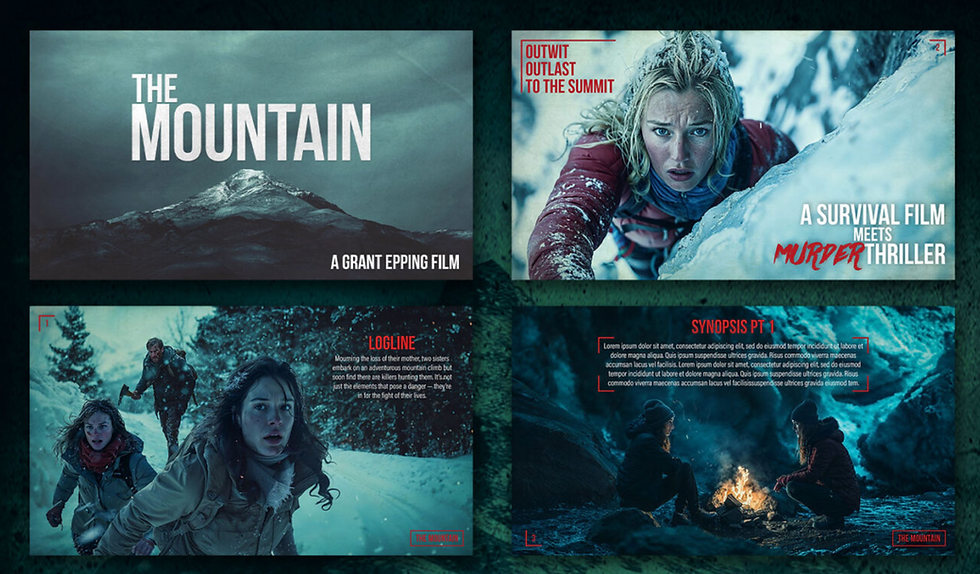Storyboarding For Filmmakers: Bringing Your Vision to Life
- Jason OHara

- Mar 5
- 2 min read
Storyboarding is an essential tool for filmmakers, allowing you to visualize your project and bring your creative ideas to life before the cameras start rolling. Whether you’re planning a short film, a commercial, or a full-length feature, storyboarding helps bridge the gap between imagination and execution. Here’s a beginner-friendly guide to understanding and using storyboards effectively.

What Is Storyboarding?
A storyboard is a visual representation of your film, scene by scene. It’s a series of drawings or images arranged in sequence to illustrate the key moments, camera angles, and movements of your production. Think of it as a blueprint that provides a clear visual guide for everyone involved in the project.
Why Is Storyboarding Important?
1. Visual Clarity: Storyboards help you visualize the flow of your film and identify potential issues before production begins.
2. Efficient Communication: They act as a universal language for your crew, ensuring that everyone—from the director to the cinematographer—understands your vision.
3. Time and Cost Savings: By ironing out details in pre-production, storyboarding minimizes surprises on set, saving you time and money.
How to Create a Storyboard
1. Read Through the Script: Break your script into scenes and identify the most important shots or moments.
2. Sketch the Frames: Create simple drawings or use software to visualize each shot. Focus on composition, camera angles, and movement.
3. Add Notes: Include details like dialogue, sound cues, or specific actions to provide context for each frame.
4. Review and Revise: Collaborate with your team to refine the storyboard and ensure it aligns with your creative goals.
Tools for Storyboarding
You don’t need to be an artist to create effective storyboards. There are many tools available, from traditional pen-and-paper methods to digital solutions like Storyboarder, Canva, or even PowerPoint. Choose the method that works best for your workflow and resources.
Pro Tips for Storyboarding Success
• Focus on Key Shots: You don’t need to storyboard every single frame—focus on critical moments and transitions.
• Think Cinematically: Consider camera movements, depth of field, and lighting when planning your shots.
• Stay Flexible: Storyboards are a guide, not a rulebook. Be open to creative changes during production.
Why Work With Me?
As a filmmaker, I understand the importance of storyboarding for filmmakers to ensure a seamless production process. Whether you need guidance in creating storyboards or a production partner to bring those storyboards to life, I’m here to help. Let’s collaborate to make your vision a reality.
Ready to start planning your next project? Reach out today, and let’s bring your story to the screen!

— Jason




















Comments